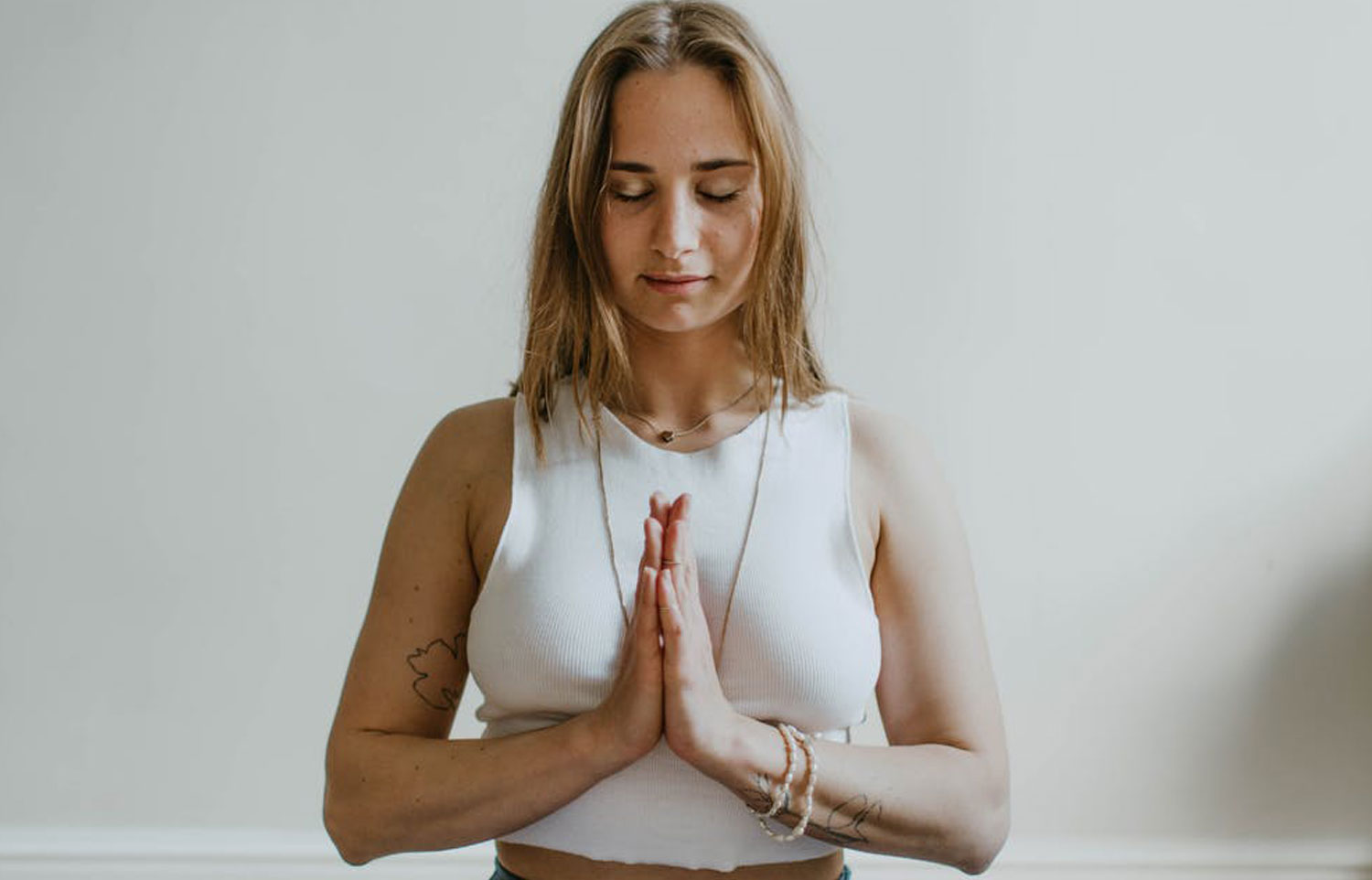At the end of a retreat, I am often asked how to continue a regular meditation practice once we get home. Usually, on a retreat, everyone is meditating together at the same time and everything is laid out for us, making it easy to engage in meditation. It can sometimes feel harder not to practise!
When we get home the opposite is true. Suddenly there is so much to do and there are so many demands on our time. And however much we may have felt the benefits from a daily meditation practice on retreat, once back home we simply forget to actually do it.
Ironically, it’s while caught up in the busyness of daily life that we may need meditation the most.
Be Realistic
Often we leave the retreat with high hopes. We are inspired to keep up a regular meditation practice, which is great, but we should be realistic. Please know that:
- Even small amounts of practice can have a huge impact.
- Don’t think you have to do hours of meditation every day for it to be beneficial.
- It’s better to succeed at doing 5 minutes a day rather than fail at trying to do 1 hour per day.
- A little meditation regularly is more important than bursts of lots occasionally
- Richard Davidson (neuroscientist, professor, and pioneering researcher into the impact of meditation on the brain) has demonstrated that even 8 minutes a day for 2 weeks had a measurable impact on the brain.
Short Term Goal
- Make a short term commitment to meditate every day for 1 month (or even 10 days). At the end of that period evaluate whether it’s helping you. If it is, then keep going. Maybe make another goal. If not, give it up and do something else.
- Knowing we only have to continue for a fixed time makes it easier to stick to. We know we can give it up at the end of that time but it also gives us a good opportunity to test if meditation is helpful for us.
- Don’t give up if you miss a day. Maybe you made a commitment to meditate for 10 minutes every day, but something came up on day 6 and you didn’t practice. No problem. That’s life. Just pick it up the next day. Some research suggests that the most successful approach is to aim for a little bit every day to give ourselves 2 ‘get out’ days per week. Then if we don’t manage to meditate on 1or 2 days we don’t give up and sacrifice the whole project.
How to Form a Habit
If we can make a habit of meditation then we don’t have to keep making ourselves do it. It just starts to happen automatically. These tips apply to any habit, not just meditation:
- Meditating at the same time every day helps. For some people this is the morning but find a time that suits you. If you really can’t find time at home then maybe on the train, or in a break.
- Meditating every day helps form the habit much quicker than occasional practice. Even if it’s just 1 minute a day, we will create the habit of sitting.
- Attach your meditation to a pre-existing habit (piggyback!) Find something you do every day, brushing your teeth for example, and decide to practice meditation after that.
- Reward yourself with something, whether it’s a nice cup of tea/coffee/chocolate…
Trigger / Action / Reward is the basis of forming habits. The gratitude and appreciation that we bring at the end of each practice is also a subtle reward. Saying well done and thanking ourselves 🙂
- Don’t judge your practice. There is no such thing as a bad meditation (the only bad meditation is the one you don’t do)
- If you can, create a beautiful space in your house or apartment. It can be very simple, but a clean, clear space – with no distractions. A place you like to go.
Some Additional but Important Points
- Don’t make a separation between your formal meditation and everyday life. We are not trying to become expert meditators on the cushion and then be completely stressed out and distracted during the day.
Find moments during the day to come back to a simple awareness of the present moment – a single breath, or just aware of sounds…. This will really help to bring mindfulness and awareness into everything we do – until eventually it just becomes how we are.
Formal practice will help you remember to come back to these moments during the day.
The more you do this the easier and quicker you will be able to re-centre and ground yourself during the day. Just one breath can bring you straight back into the practice.
- Come together with people. This is really important. Once a week, or even once a month can be such a great help in maintaining inspiration. Find a local group. If that isn’t possible then try to connect digitally (even the thought of someone, somewhere is meditating with you can help)
- In Amsterdam: The Meditation Cafe has morning and evening meditations. Feel free to drop in.
Apps
- insight timer: start and stop bells, meditate with others, and gold stars when you do 10 days in a row 🙂
And Finally
What I’ve described here are some tips that different people have found useful over time but most important is your own journey of trial and error. Learn what works best for you. Give something a go, see how it works, review and then adapt accordingly.
Feel free to share in the comments what works best for you and any different approaches that you have found to be particularly helpful.
About Steve
For more than 15 years, Steve has dedicated himself to the practice and study of meditation. Trained primarily in the Tibetan Buddhist tradition, Steve’s mission is to share the essence of what he has learned in a way that is non-religious, accessible, and relevant to our busy, modern lives. He is a regular meditation teacher for the Mandali Experience retreats and also the founder of The Meditation Cafe in Amsterdam. Read full bio



